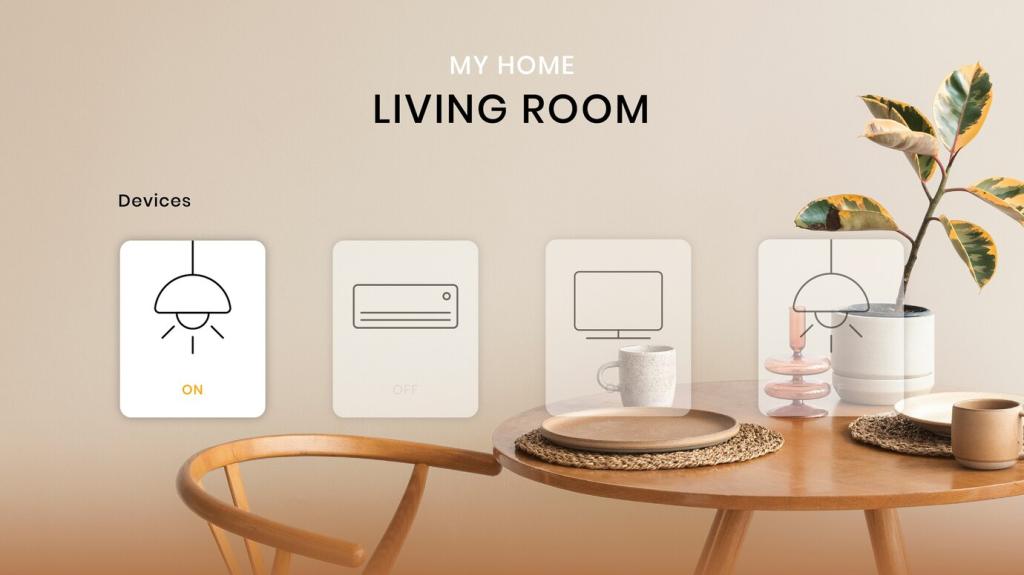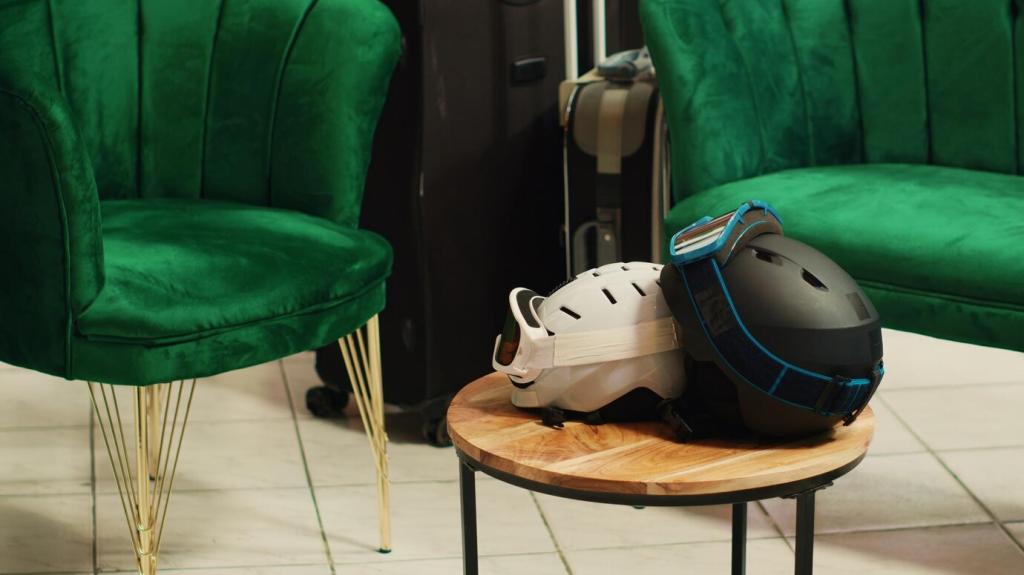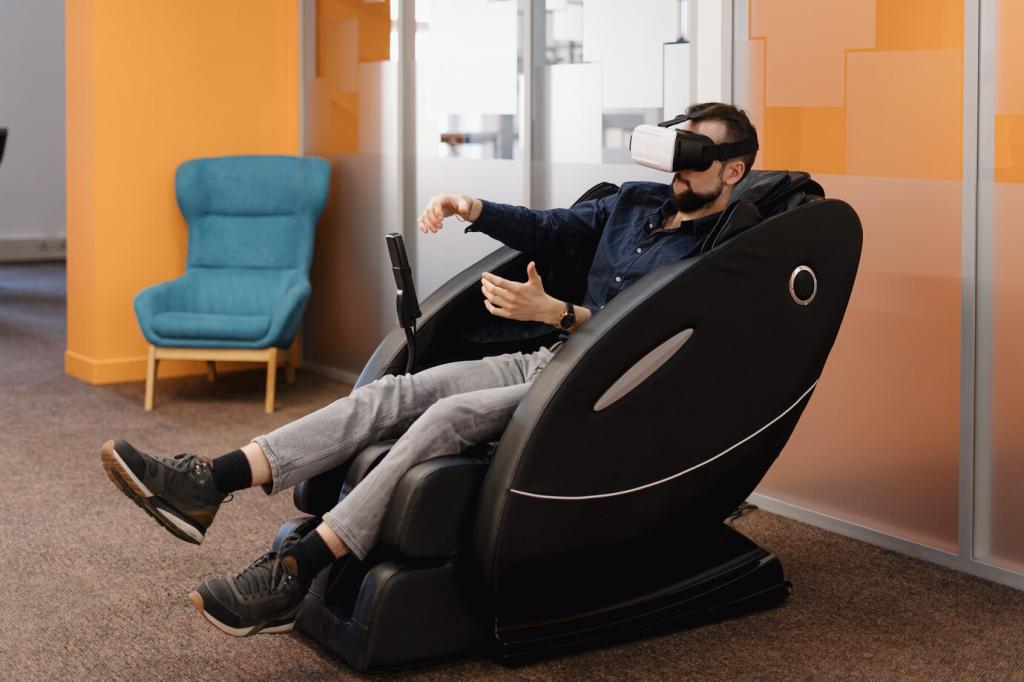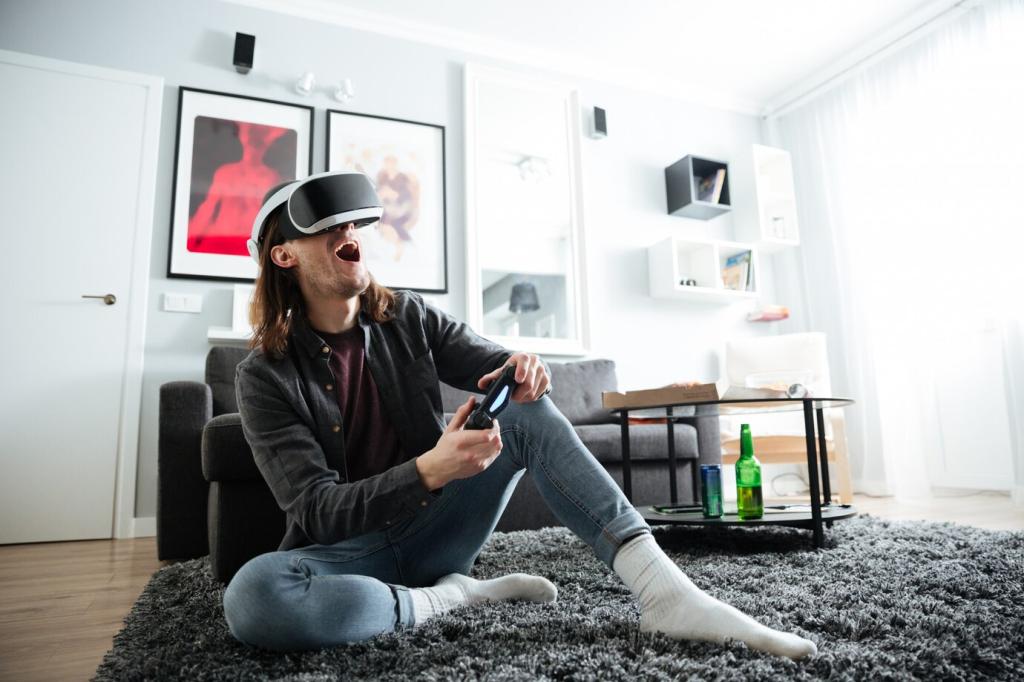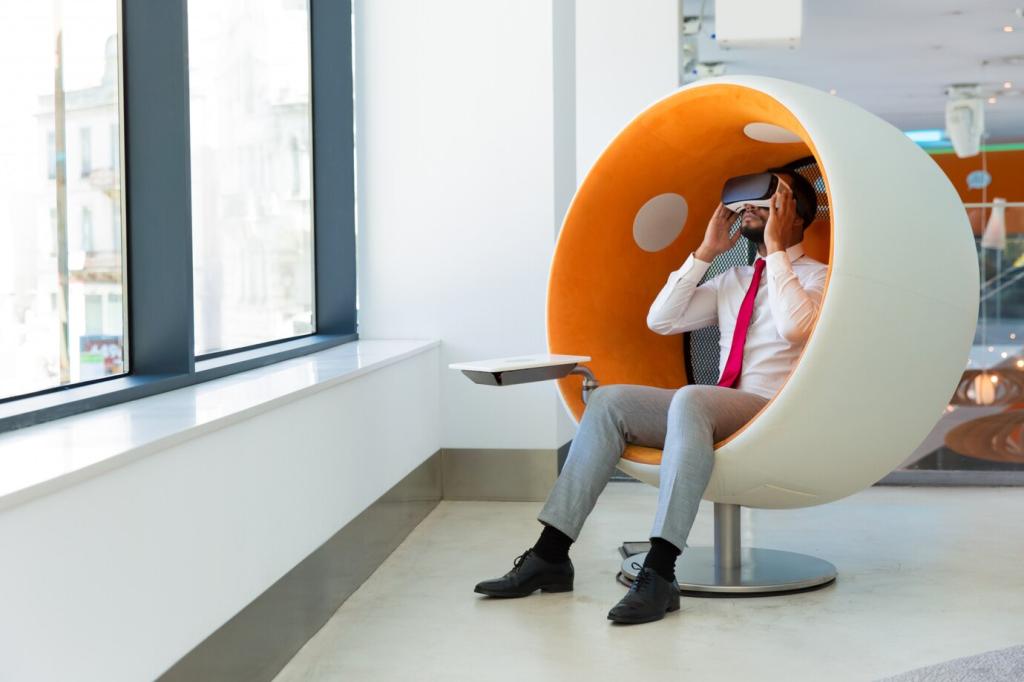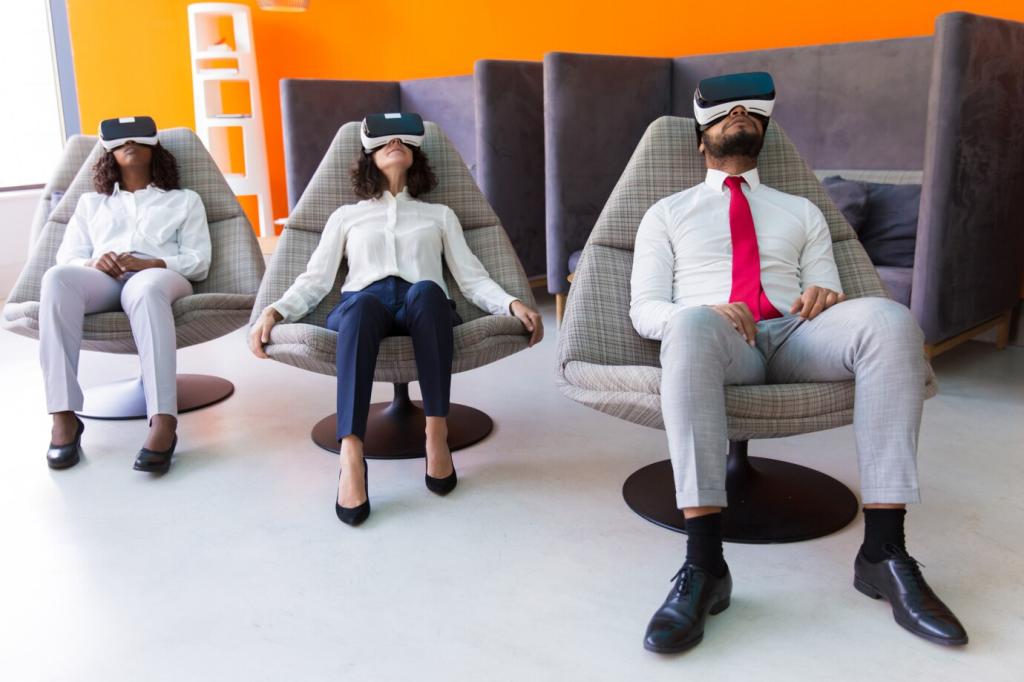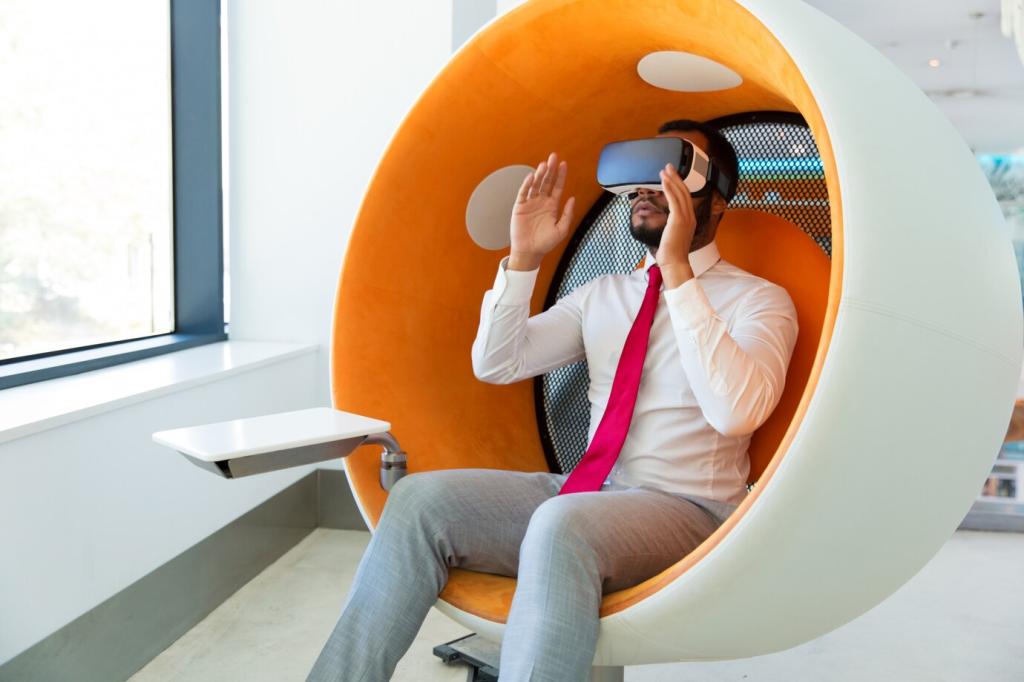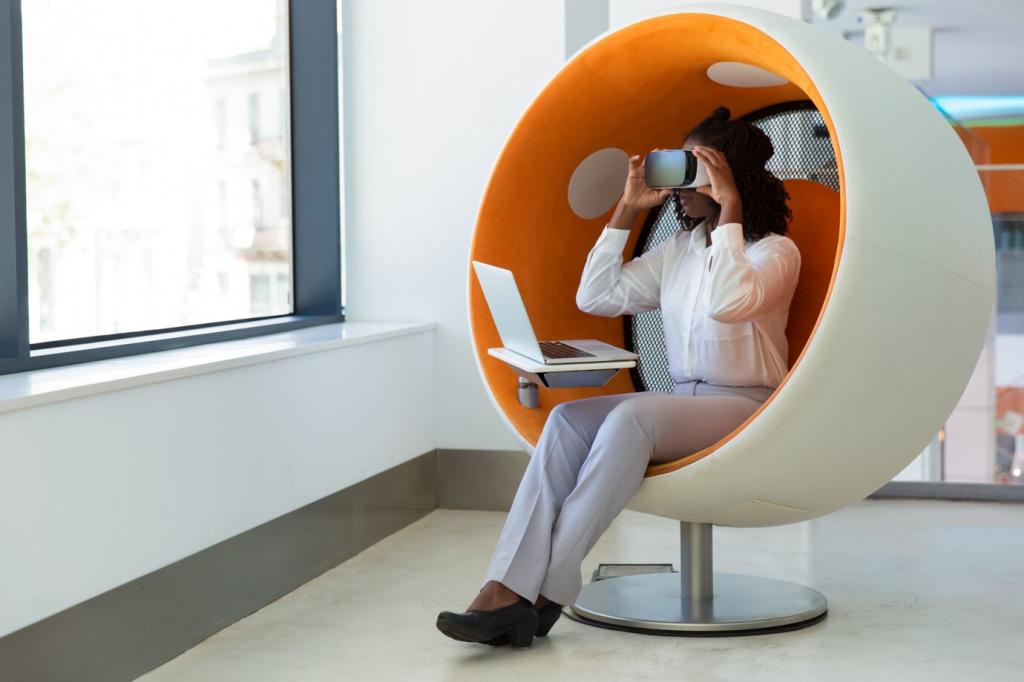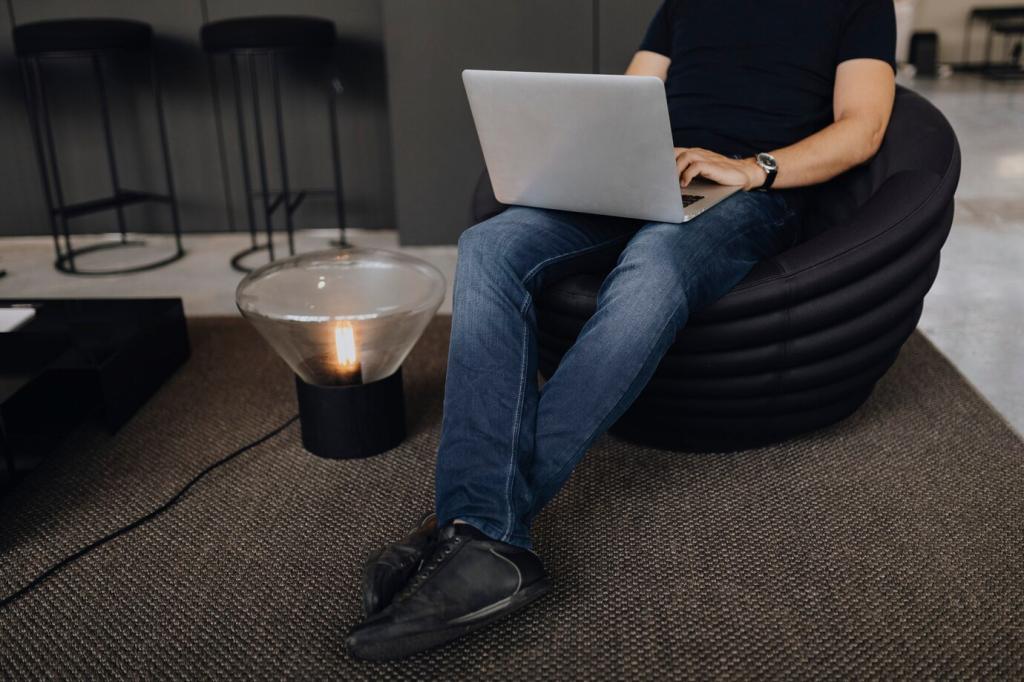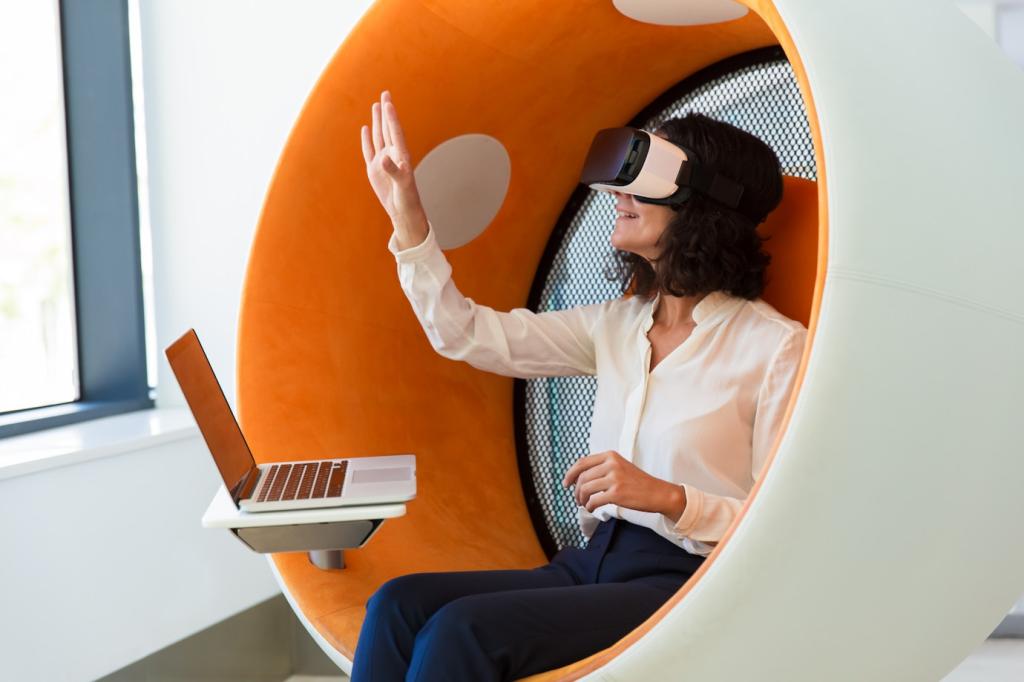Adoption Stories and Real-World Pilots
Two kids, one living room, and no spare bedroom. An automated wall bed with a fold-out study table turned evenings into calm transitions instead of arguments. The ritual of pressing one button became the house’s new heartbeat.
Adoption Stories and Real-World Pilots
A co-working studio installed rolling storage walls and lift-up benches. Mornings favor focused work; afternoons tilt to workshops. Members loved the sense that the space respected their time, not the other way around.

